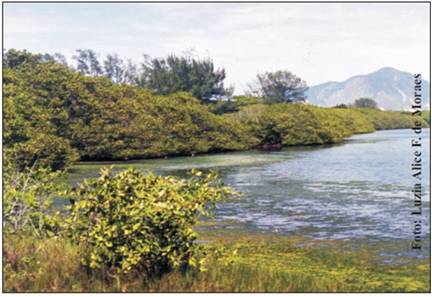THE VULNERABILITY OF THE AMAZON FOREST IN THE FACE OF CLIMATE CHANGE
Keywords:
Amazonia, global warming, carbon, water cycling, deforestation, greenhouse effect, El Niño, emissions reductionAbstract
The Amazon forest is threatened by ongoing climate changes, which are expected to make this region gradually hotter and drier. These effects are more intense in global climate simulations by models that connect peaks in the temperature of surface water in the Pacific Ocean with the El Niño phenomenon. Past events such as the fires in Roraima of 1997/1998 and 2003 suggest that the connection between the Pacific Ocean-surface temperature and El Niño is real. The estimated impact of climate changes on the Amazon are even worse in models that include biospheric feedback effects, pointing to the disappearance of forested areas and subsequent heating of the exposed soil, which leads to greater carbon emissions that further affect climate and kill more forest. A previously unappreciated climatic threat became apparent in 2005, when a devastating drought struck Amazonia. This type of drought is linked to a gradient of water temperature from the North to the South Atlantic Oceans, which is part of an oscillation that is becoming more intense. The formation of the patch of warm water in the tropical North Atlantic is worsening due to the reduction of aerosol loads over this area of the ocean, a situation that is expected to intensify in the forthcoming decades as a result of continued global warming. Whether such a scenario will come to take place depends on our efforts towards limiting the emission of greenhouse gases from fossil-fuel combustion and deforestation. Brazil is among the countries with the most to lose from global warming, possibly risking the loss of the Amazon rainforest. Therefore, Brazil ought to change political sides in negotiations under the Climate Convention. Instead of trying to postpone any commitment to reductions in its emissions, Brazil should immediately agree to a reduction target under the Convention (not only as an internal objective), thus joining the Convention's Annex I and Kyoto Protocol's Annex B, and then endeavor to convince other countries, such as China and India, to do likewise.


